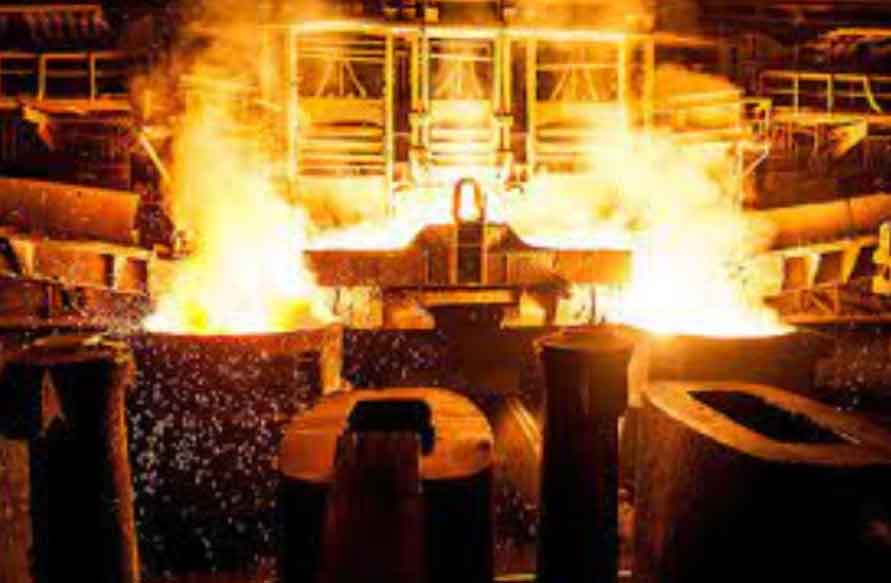Die casting and gravity casting are two common methods used for casting metal parts. Let’s compare them in terms of their process, capabilities, advantages, and disadvantages:

Die Casting:
- Process: Die casting involves injecting molten metal, typically non-ferrous alloys like aluminum, zinc, or magnesium, into a reusable steel mold called a die. The mold is designed with the shape and features of the desired part.
- Complexity: Die casting is suitable for producing parts with intricate details, thin walls, and complex shapes. It allows for tight dimensional tolerances and repeatability.
- Speed: Die casting is a high-speed process as the molten metal is injected under high pressure into the die, enabling rapid solidification.
- Surface Finish: Die casting offers excellent surface finish and can achieve smooth, polished, and visually appealing surfaces without the need for additional post-processing.
- Volume Production: Die casting is well-suited for high-volume production runs. Once the die is made, it can produce a large number of parts with consistent quality and dimensional accuracy.
- Material Options: Die casting is primarily used for non-ferrous alloys such as aluminum, zinc, and magnesium. These materials offer good strength-to-weight ratios and are commonly used in various industries.
Gravity Casting:
- Process: Gravity casting, also known as permanent mold casting, is a casting process that uses gravity to fill a metal mold with molten metal. The molten metal is poured into the mold, and gravity helps to fill the cavity.
- Complexity: Gravity casting is suitable for producing parts with moderate complexity. It allows for the creation of parts with thicker walls and simpler geometries compared to die casting.
- Speed: Gravity casting is generally slower compared to die casting due to the reliance on gravity for metal filling. The cooling and solidification times may be longer.
- Surface Finish: Gravity casting provides good surface finish and dimensional accuracy. Post-processing may be required to achieve a higher level of surface smoothness.
- Material Options: Gravity casting supports a wide range of materials, including both ferrous and non-ferrous alloys. It is often used for casting aluminum, copper, and bronze alloys.
- Flexibility: Gravity casting offers flexibility in terms of mold design modifications and is suitable for producing both small and medium production runs.
Advantages of Die Casting:
- High production speed and efficiency.
- Excellent dimensional accuracy and repeatability.
- Suitable for high-volume production.
- Wide range of material options.
- Smooth surface finish without additional post-processing.
Disadvantages of Die Casting:
- Limited complexity compared to certain casting methods.
- Higher tooling and setup costs.
- Not ideal for extremely high-temperature alloys.
Advantages of Gravity Casting:
- Capable of producing parts with moderate complexity.
- Good surface finish and dimensional accuracy.
- Suitable for small to medium production runs.
- Flexible mold design modifications.
- Wide range of material options.
Disadvantages of Gravity Casting:
- Slower production compared to die casting.
- Limited to parts with simpler geometries.
- Post-processing may be required for achieving higher surface smoothness.
- Lower production volume capabilities compared to die casting.
When choosing between die casting and gravity casting, consider factors such as part complexity, production volume, material requirements, surface finish requirements, and cost considerations. Die casting is suitable for high-volume production of complex parts with fast cycle times and superior surface finish. Gravity casting is more suitable for producing parts with moderate complexity, allowing for flexibility in mold design modifications and accommodating smaller to medium production volumes.
It’s important to analyze the specific needs of your project, consult with casting experts or manufacturers, and evaluate factors such as part complexity, production volume, material options, surface finish requirements, lead time, and cost considerations to make an informed decision.
It’s worth noting that both die casting and gravity casting have their strengths and limitations, and there may be alternative casting methods that could be considered based on the specific requirements of your project. For example, if you require highly complex parts with intricate details and thin walls, investment casting or precision casting may be worth exploring. Alternatively, if you have low production volumes and need flexibility in design modifications, sand casting or 3D printing might be suitable options.
By thoroughly evaluating your project requirements and consulting with experts, you can determine the most appropriate casting method that aligns with your needs and goals. Consider factors such as part complexity, production volume, material options, surface finish requirements, cost-effectiveness, and timeline to select the casting method that offers the best balance for your specific application.
